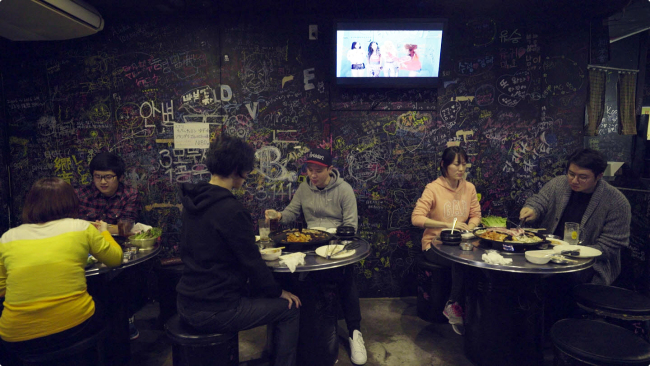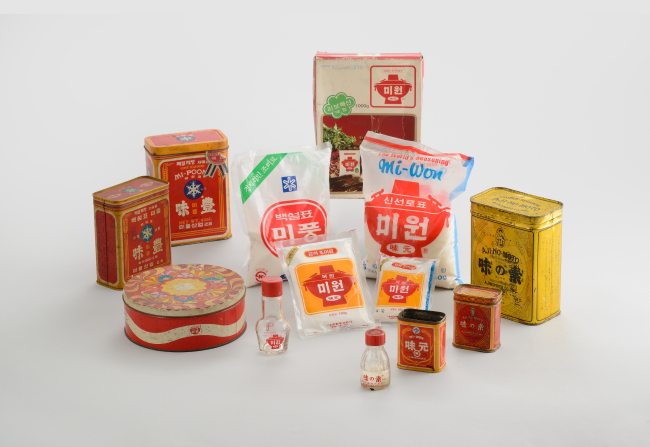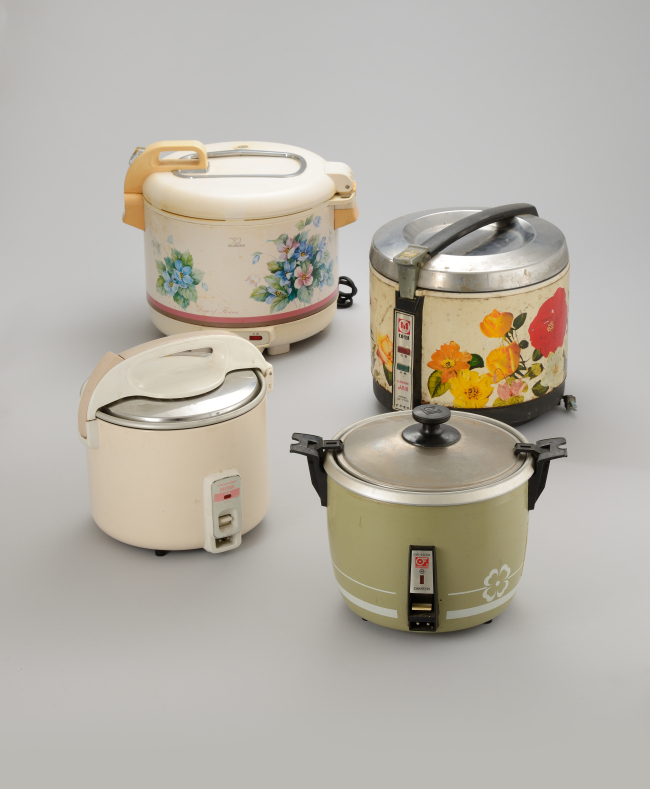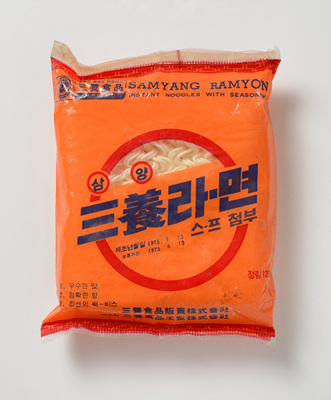History of food exchanges between Korea and Japan
National Folk Museum of Korea shows how exchanges between Korea and Japan shaped their food culture
By 이우영Published : Dec. 10, 2015 - 18:06
Tonkatsu once enjoyed the status of today’s dry-aged steak -- some 35 years ago in Korea.
In the 1980s, the deep-fried breaded pork cutlet, now one of the most common and popular dishes among Koreans, was only available at Seoul’s top western restaurants. Italiano, a restaurant in Jeong-dong, Seoul, used to serve tonkatsu on a big white ceramic plate with kimchi and “danmuji,” yellow pickled radish.
Despite the restaurant’s Italian name, tonkatsu, an import from Japan, was its best-known dish, attracting visitors who would come on special occasions.
Tonkatsu was one of the foods that arrived to Korean shores after the country opened its ports to foreign powers in 1876. The influx of foreign products included a variety of food from the U.S. and Japan, such as sandwiches, bread, tonkatsu, curry, oden and sushi. They were not just the results of foreign trade, but marked the start of a dramatic change to the Korean palate.

Such movement of foods and its consequences are explored at the National Folk Museum of Korea where an exhibition focusing on food exchanges between Korea and Japan is being held to mark the 50th anniversary of normalization of ties between the two nations. The exhibition has been jointly organized with Japan’s National Museum of Ethnology.
“Japan underwent rapid industrialization earlier than we did and they were more advanced in food production as well. Their advanced food techniques also influenced Korean cooking,” says professor Ham Han-hee of Chonbuk National University in a video on display at the exhibition. The Japanese colonial era beginning from 1910 saw an influx of Japanese dishes and seasonings to Korea.
The first factory-made soy sauce Koreans used was Ajinomoto soy sauce, produced at a Japanese-owned factory established in Seoul in 1910.
“The soy sauce had a distinctive sweet flavor, which Koreans found addictive. Korean food normally didn’t have sweet flavor, but began to have a slight sweet taste at this time, which continues today,” explained Kim Chang-ho, curator of the exhibition.

The popularity of Ajinomoto soy sauce prompted further developments of flavor enhancers such as Mipung and Miwon, two types of MSG.

In the 1980s, the Japanese electric rice cooker that also kept rice warm brought a revolutionary change in the Korean kitchen, liberating housewives from cooking rice for every meal. The rice cooker manufactured by Zojirushi came with the function of storing rice for a couple more days without changing the color or taste. It was the hottest item Korean housewives wanted as a gift from their husbands.
The Korean variant of Japanese ramen was the new star in the Korean food scene in the 1960s. Once dubbed “second rice,” instant ramen gained huge popularity when it was first introduced to Korea in 1963. Ramen, known as “ramyeon” in Korean, was priced at 15 won (currently 1.2 cents) when it first came to Korea and was a meal even the poorest Koreans could afford.

In the 1970s, the Korean government backed the production of ramen in line with its campaign to encourage consumption of wheat products when rice supplies fell short. The state campaign stressed that families could help the country by substituting rice for ramen and other grains.
“The campaign continued until the late 1970s. Schoolteachers used to check students’ lunch boxes. If the lunch box was full of white rice, the student got punished,” recalled a senior curator of the museum. “We used to mix our white rice with multigrains other students brought so we would not get caught.”
The exhibition also features Korean dishes that had a significant impact on Japanese food culture such as bulgogi, as well as the impact of K-pop on contemporary Japanese food culture.
The exhibition runs until Feb. 29. For more information, www.nfm.go.kr.
By Lee Woo-young (wylee@heraldcorp.com)


![[Exclusive] Korean military set to ban iPhones over 'security' concerns](http://res.heraldm.com/phpwas/restmb_idxmake.php?idx=644&simg=/content/image/2024/04/23/20240423050599_0.jpg&u=20240423183955)




![[Herald Interview] 'Amid aging population, Korea to invite more young professionals from overseas'](http://res.heraldm.com/phpwas/restmb_idxmake.php?idx=644&simg=/content/image/2024/04/24/20240424050844_0.jpg&u=20240424200058)

![[Pressure points] Leggings in public: Fashion statement or social faux pas?](http://res.heraldm.com/phpwas/restmb_idxmake.php?idx=644&simg=/content/image/2024/04/23/20240423050669_0.jpg&u=)








